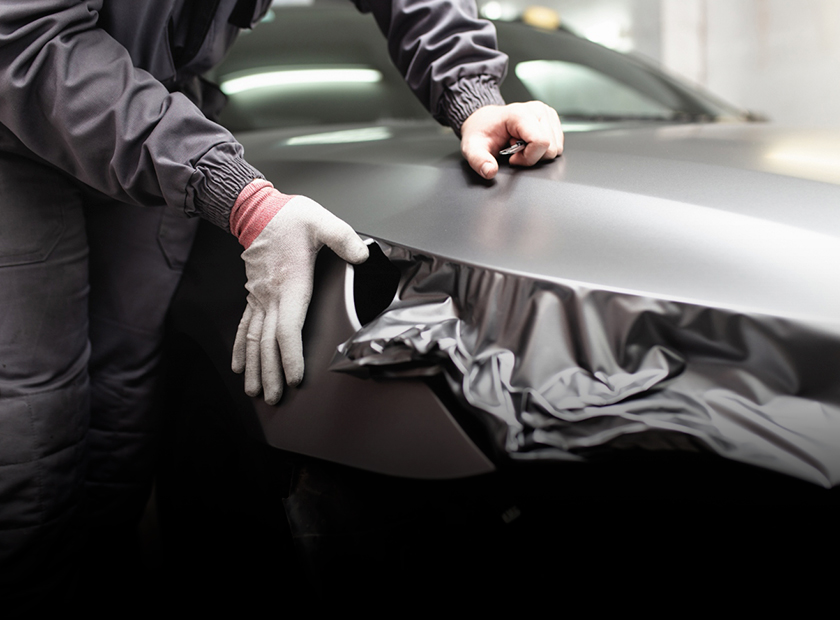Car wrapping is the process of covering a vehicle’s original paint with a vinyl wrap to change its appearance or protect the paint. This technique has become increasingly popular for both personal and commercial vehicles due to its versatility and the range of customization options it offers.
Key Features of Car Wrapping
- Material:
- Vinyl Wrap: The primary material used for car wraps, available in various finishes including matte, gloss, satin, carbon fiber, and more.
- Customization:
- Color and Design: Car wraps come in an extensive range of colors and can be custom-designed with graphics, patterns, or even advertising content.
- Partial vs. Full Wrap: Owners can choose to wrap the entire vehicle or just specific parts, like the hood, roof, or mirrors.
- Protection:
- Paint Protection: The vinyl wrap protects the vehicle’s original paint from UV rays, scratches, and minor abrasions.
- Removability: Wraps can be removed without damaging the underlying paint, making them a non-permanent solution for altering a vehicle’s appearance.
- Application Process:
- Surface Preparation: The vehicle’s surface must be thoroughly cleaned and prepped to ensure the vinyl adheres properly.
- Application: The wrap is carefully applied to the vehicle, often requiring skilled technicians to avoid bubbles, wrinkles, and ensure seamless coverage.
- Post-Application: After the wrap is applied, it may require trimming and smoothing to ensure all edges are secure and the finish is flawless.

